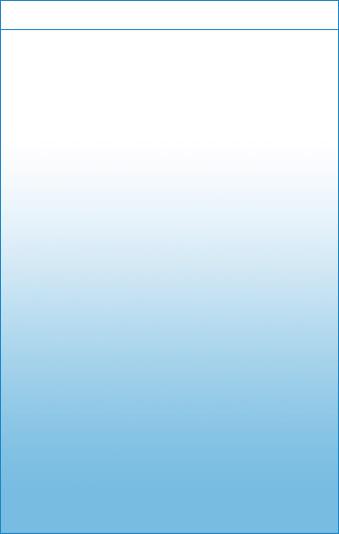

Water Pollution
The New River
Water at the New River flowing
into California. Due to water
pollution, foam forms on the
river which is often blown by the
wind into parking lots and a
nearby shopping center.
(Public Domain Image)
Water at the New River flowing
into California. Due to water
pollution, foam forms on the
river which is often blown by the
wind into parking lots and a
nearby shopping center.
(Public Domain Image)
| Portal | Home | Information | QuickFacts | Links | Privacy © 2008-2010 H2O - CONTACT WEBMASTER REGARDING THIS SITE |
^Back to Main Information Page
Specifically, water pollution is the effect that humans leave on water
bodies, usually with waste products. This includes chemicals in water,
pathogens (bacteria) in water, and changes in things such as acidity or
conductivity. It has been suggested that 14,000 people die every day
as a result of polluted water.
More specifically, water pollutants include herbicides, bacteria
(sometimes from food processing waste), tree and plant debris from
things such as logging, fuels, detergents, chemical waste, fertilizers
and many more.
Usually, water pollution begins in streams and rivers which make their
way to an ocean. In these streams and rivers, small plankton are
'infected' by the polluted water. This also affects the food chain and,
as such, plankton aren't the only wildlife affected. For example, a
small fish might eat the plankton. Then as the food chain continues
and that fish is eaten by a larger one, perhaps going up to a bear or
bird, the larger creatures are affected by the pollutants in the smaller
ones they consumed.
Research is being done to study the effects and causes of water
pollution. You can help in simple ways - don't leave taps running, and
don't put substances like paints or oils into toilets, etc. If you use
pesticides or fertilisers, try not to overuse them. Having more plants in
your garden will also help absorb more of the fertiliser. Also, avoid
throwing garbage and litter into bodies of water and collect litter you
see around those areas.
Please visit the links page for a list of websites where you can learn
more information about water pollution (and solutions).
Specifically, water pollution is the effect that humans leave on water
bodies, usually with waste products. This includes chemicals in water,
pathogens (bacteria) in water, and changes in things such as acidity or
conductivity. It has been suggested that 14,000 people die every day
as a result of polluted water.
More specifically, water pollutants include herbicides, bacteria
(sometimes from food processing waste), tree and plant debris from
things such as logging, fuels, detergents, chemical waste, fertilizers
and many more.
Usually, water pollution begins in streams and rivers which make their
way to an ocean. In these streams and rivers, small plankton are
'infected' by the polluted water. This also affects the food chain and,
as such, plankton aren't the only wildlife affected. For example, a
small fish might eat the plankton. Then as the food chain continues
and that fish is eaten by a larger one, perhaps going up to a bear or
bird, the larger creatures are affected by the pollutants in the smaller
ones they consumed.
Research is being done to study the effects and causes of water
pollution. You can help in simple ways - don't leave taps running, and
don't put substances like paints or oils into toilets, etc. If you use
pesticides or fertilisers, try not to overuse them. Having more plants in
your garden will also help absorb more of the fertiliser. Also, avoid
throwing garbage and litter into bodies of water and collect litter you
see around those areas.
Please visit the links page for a list of websites where you can learn
more information about water pollution (and solutions).

